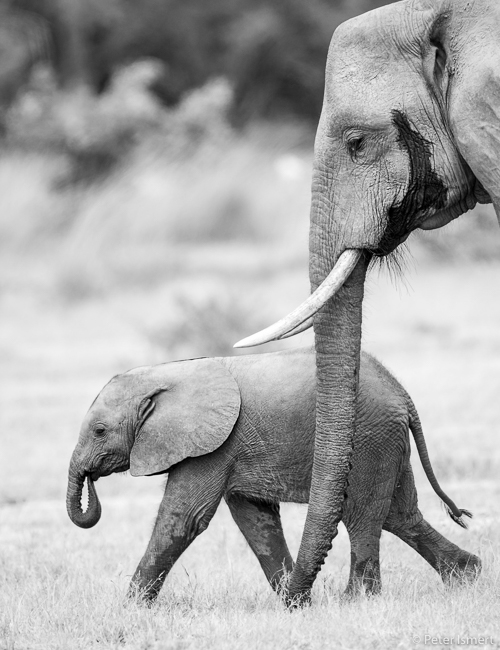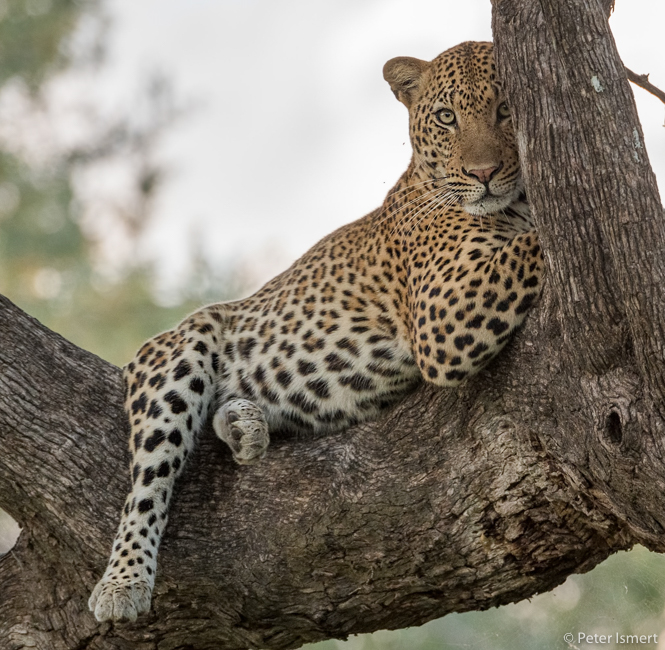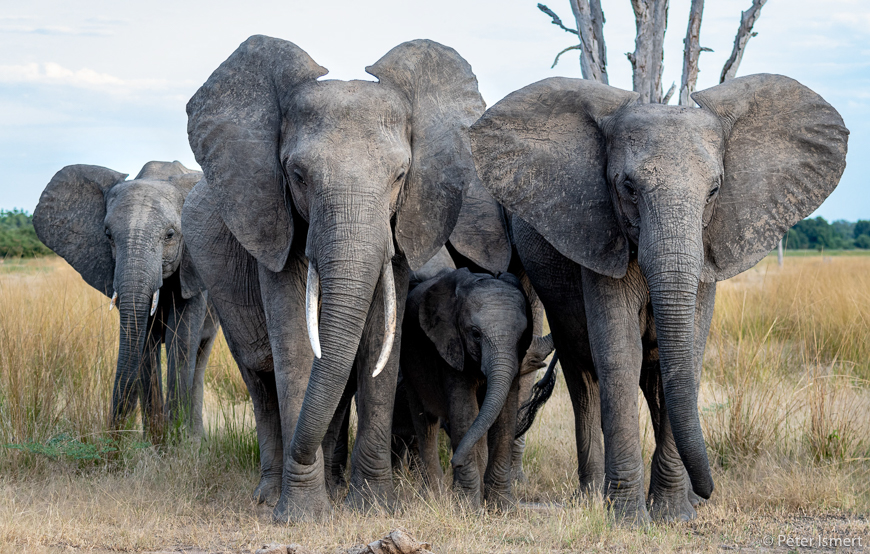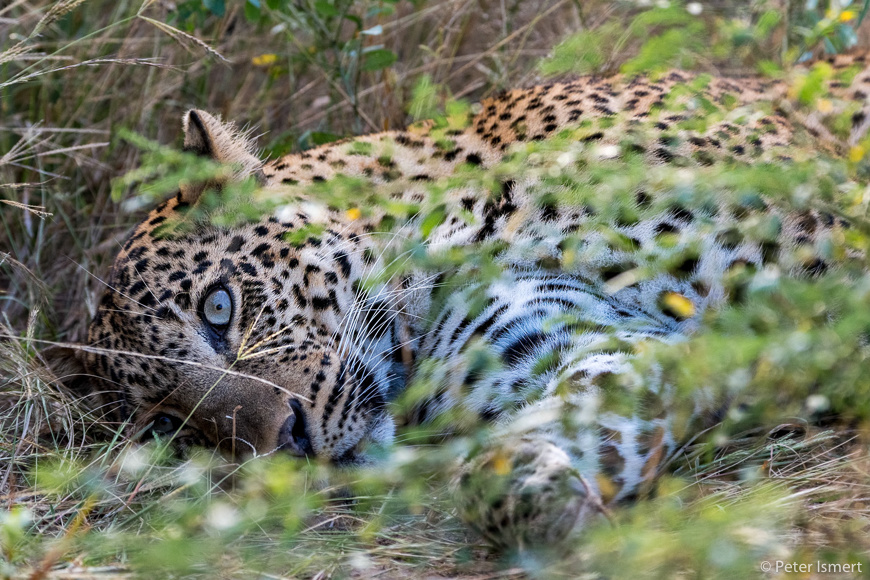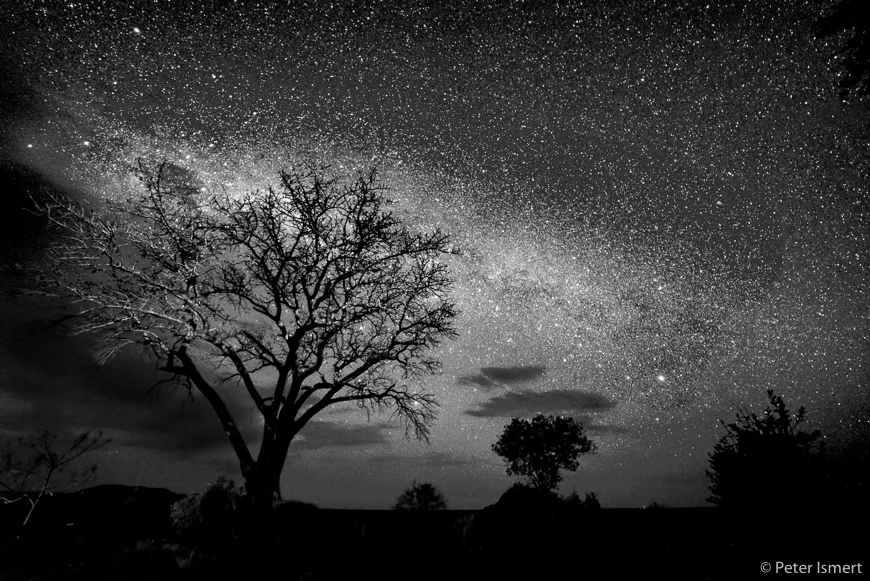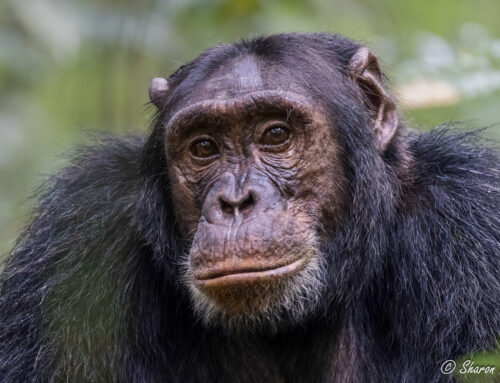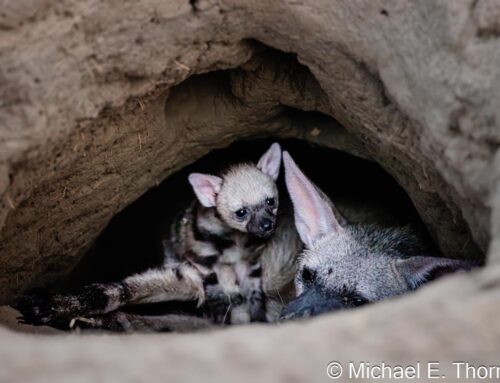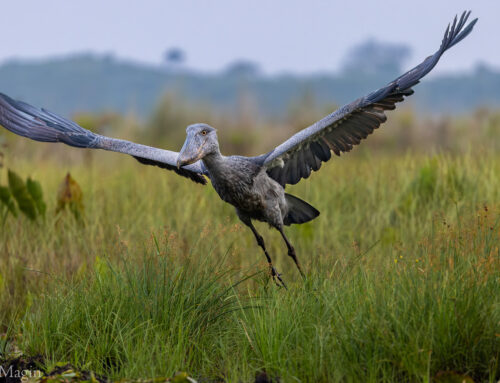Peter Ismert joined me on safari in May for a special early-dry season Luangwa experience. Peter wrote up his trip for my blog and I hope you enjoy reading!
South Luangwa In May: A Unique Photographic Experience
My friend Steve and I chose to go on 10-day safari with Edward Selfe this past May when the rains have ceased, the roads have dried out, and when the colors were still vivid. We didn’t want the normal safari where we would race from sighting to sighting, but rather a more methodical experience of enjoying the wilderness and taking time to make striking and unique images. This fit perfectly with Edward’s style. After the safari was over and when I was reviewing the thousands of images that I took, I thought of the main photographic concepts that I relied upon to create my favorite images.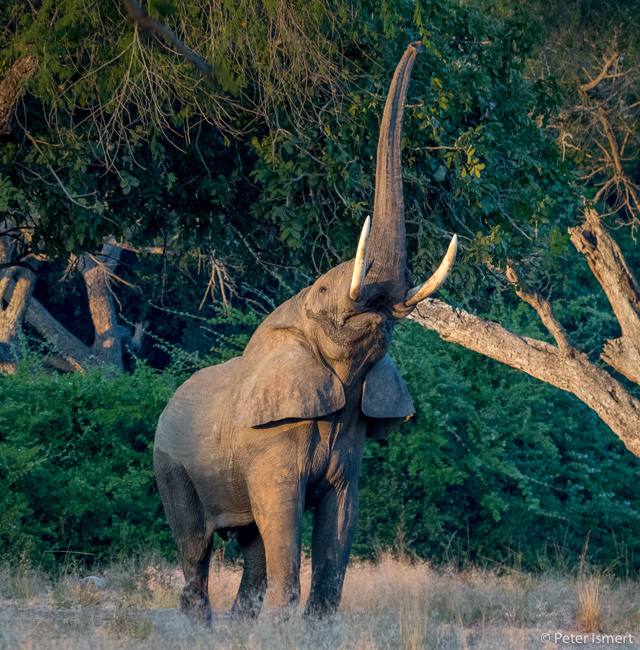
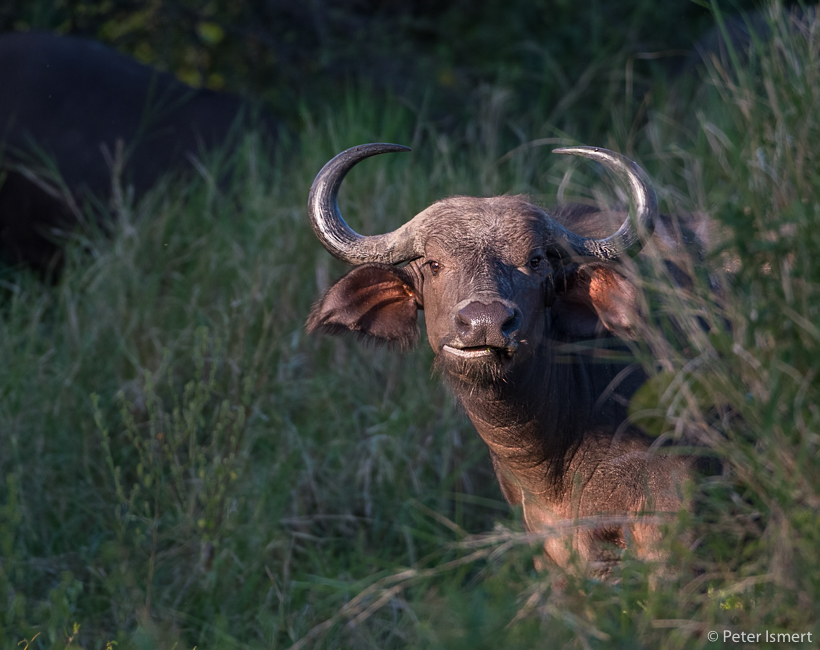
Use the light:
Photographers are presented with a wide variation of lighting situations in South Luangwa. With the abundance of wildlife in the park, my goal was to capture striking and engaging wildlife images using any type of light available. The morning and evening golden hours of light are the easiest to work with, especially with all the animals in South Luangwa and with Edward Selfe behind the wheel of the Land Cruiser.
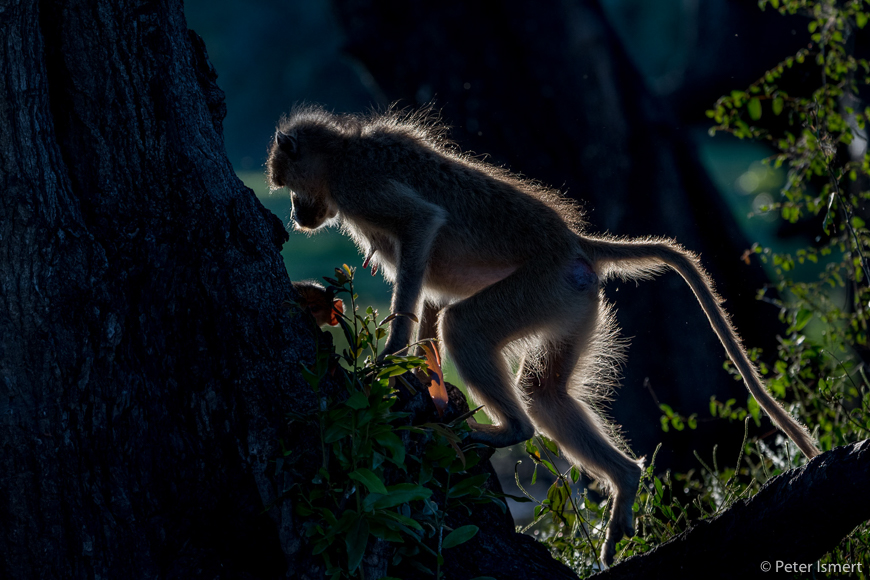
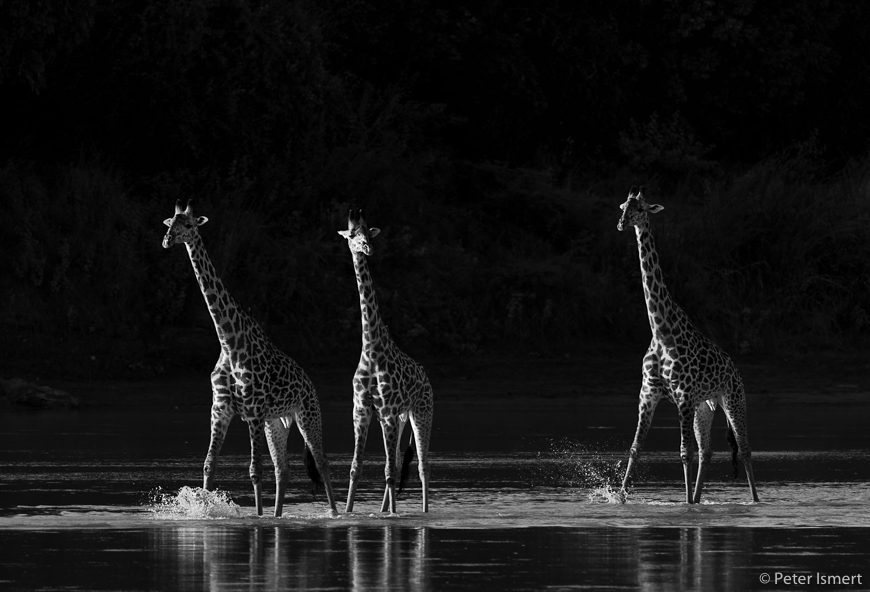
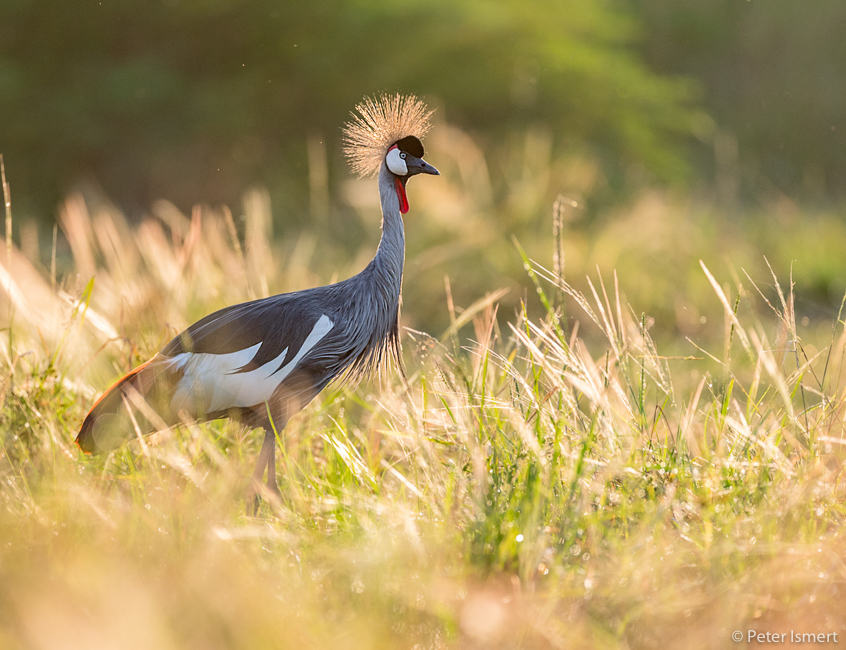
As the sun rose during the day, the situation became more difficult and our creatively was tested. During overcast late morning hours, we could photograph wildlife in their landscape without distracting shadows. The subtleties of the lush colors popped out during periods of cloudy skies.
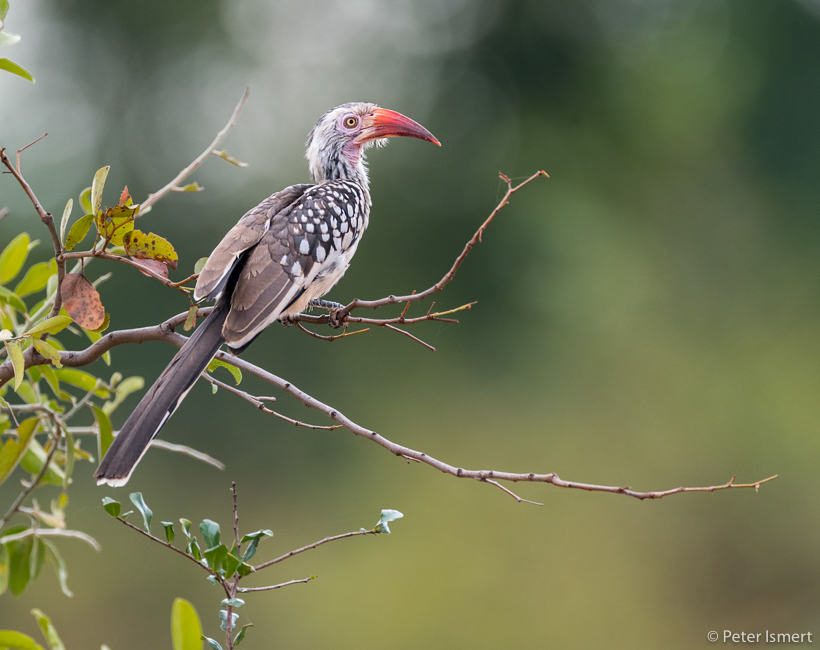
As the morning clouds dissipated, on came the harsh midday light. Not be thwarted, Ed challenged us to look for designs in lights and shadows, while also looking for striking black & white opportunities. Close-up images of wildlife were still possible by isolating certain features or individual animals, while playing with the lights and darks. We made the most of our safari drive time by getting those epic images during the golden hours and by not backing down during what is often considered poor lighting situations.
Find the best moment: Know your equipment and settings: Simplify my scene: Working with these concepts heightened my awareness of both the South Luangwa wilderness and photographic experiences of the safari. I’m already thinking about next year to build upon my understanding of the natural environment of South Luangwa in order to have an even deeper experience that would hopefully be reflective in my images. Peter, many thanks for taking the time to write up your trip. You should be very proud of the images you created and I’m very pleased to be working with you on a trip for next year. Until then, I’ll look forward to following your work on Instagram and your website.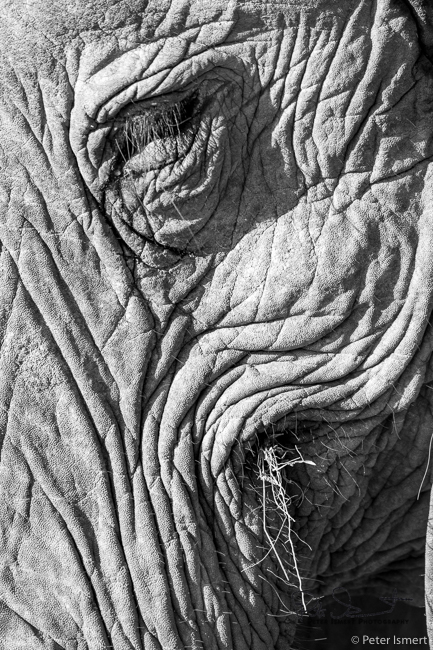
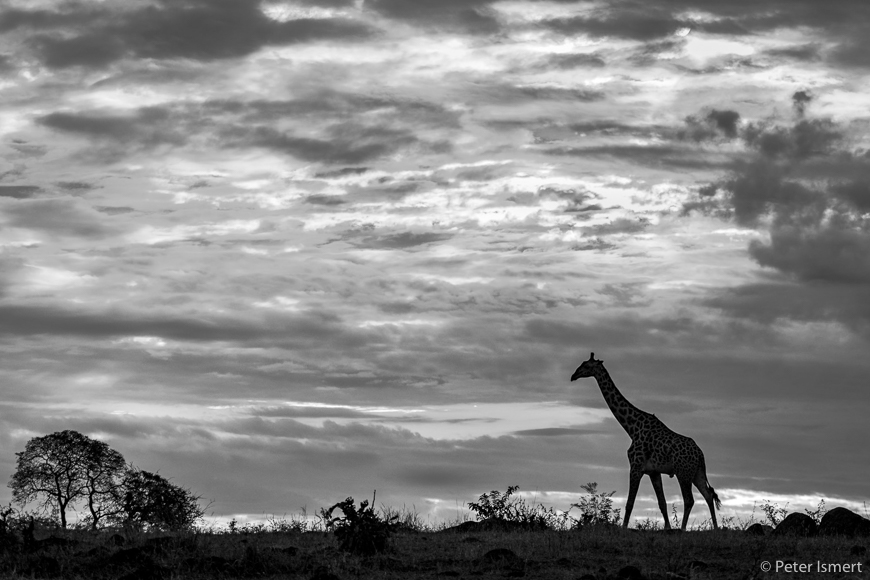
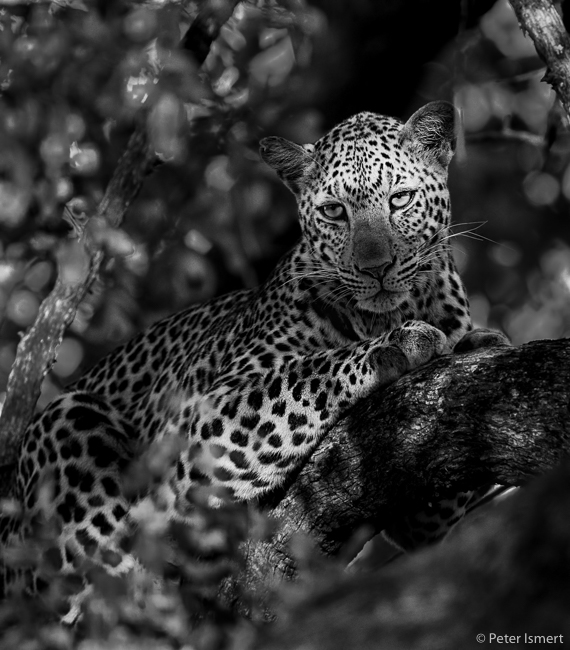
Animals will do what they do and are not on a schedule. The best images are often made with exciting and unique animal behavior. However, since animals are just like us, they need time to relax and sleep. Edward taught us to make the best images possible with any behavior exhibited from the animals at the time. If a leopard was sleeping, we still tried to make the most creative and unusual images of it sleeping. If an elephant was putting on a show, we sought out those unique instances that tell the tale of its emotions. Edward taught us to find the creative element regardless of the animal’s behavior.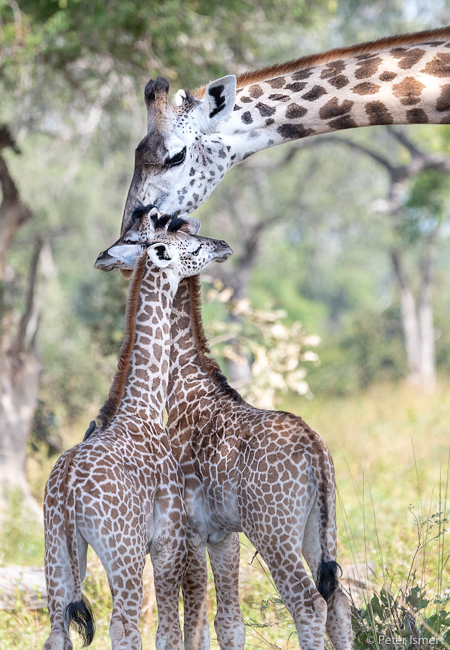
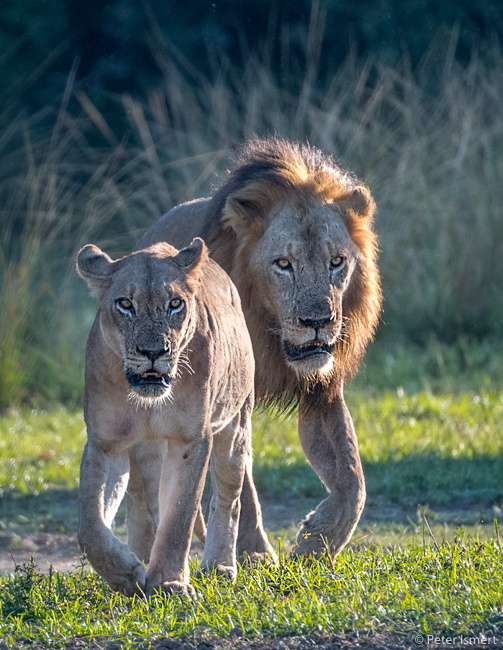
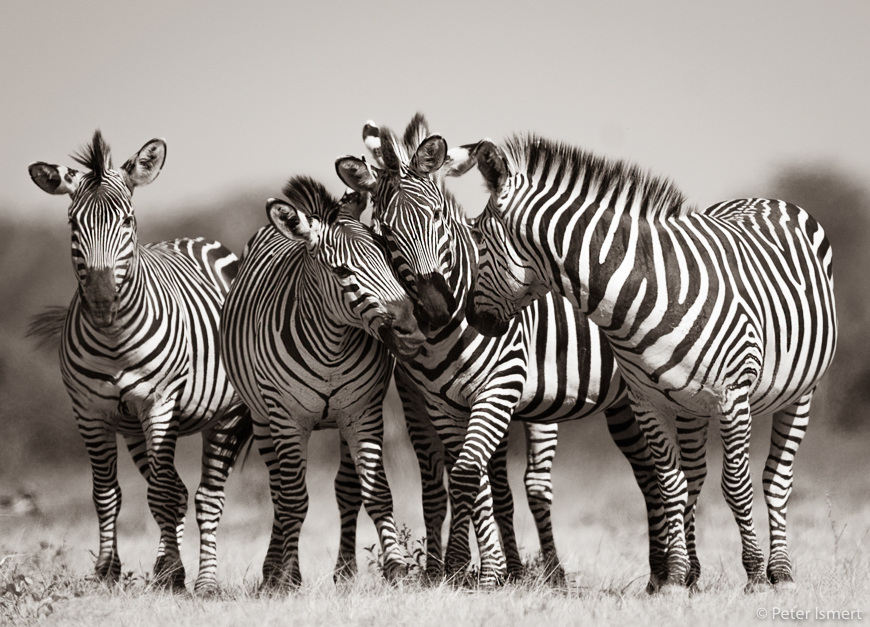
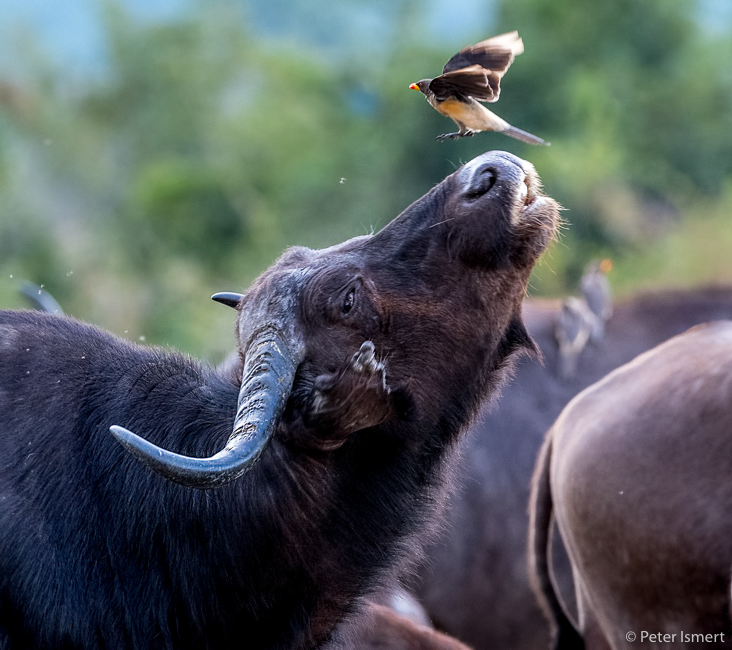
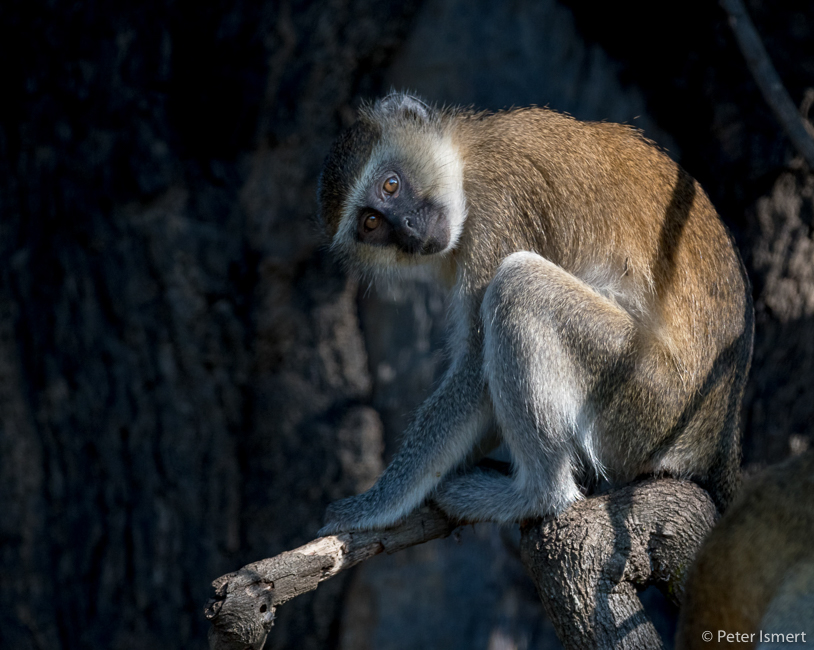
To photograph a stationary subject in low light situations and then to switch to a fast moving animal requires an almost subconscious ability to change camera settings without losing your subject or moment. Even though I knew my way around my cameras, I still had a lot to learn about using different modes for different situations. Although it is not the time to be learning these techniques from scratch when on a once-in-a-lifetime safari, I still was able to experiment with new settings and was able to quickly learn the new modes and settings for different situations. Edward coached us about anticipated behavior for the animals we were unfamiliar with, emphasized the need to preset the camera settings, and encouraged us to adjust the settings on the fly as the scene changed.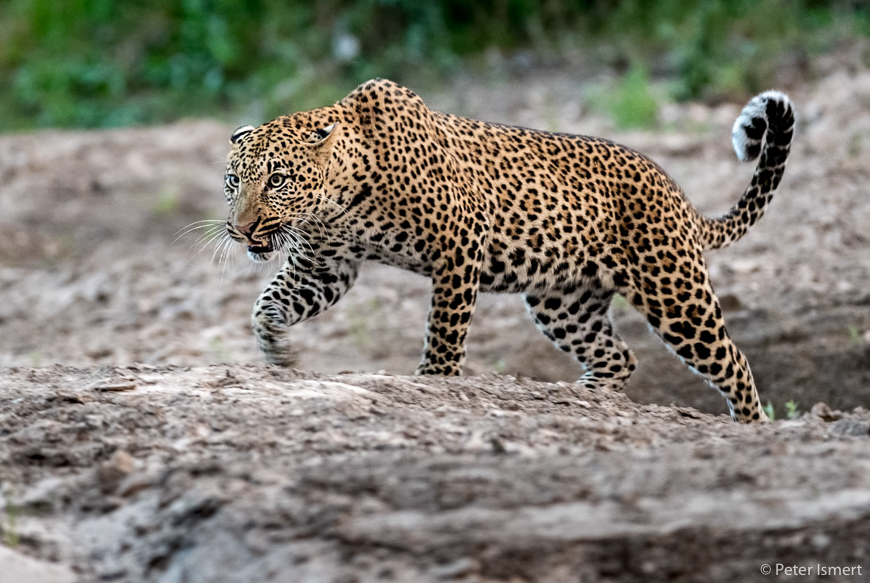
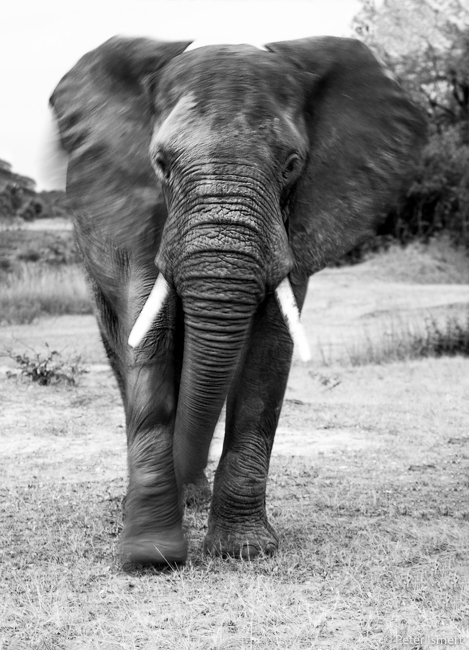
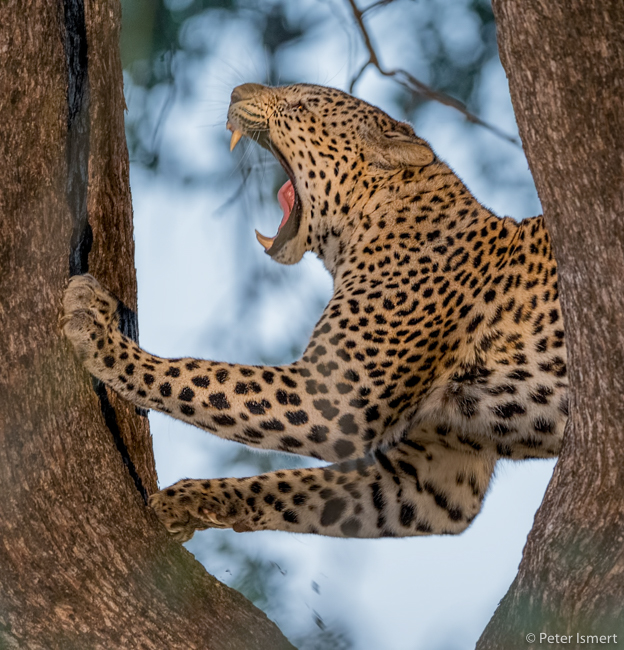
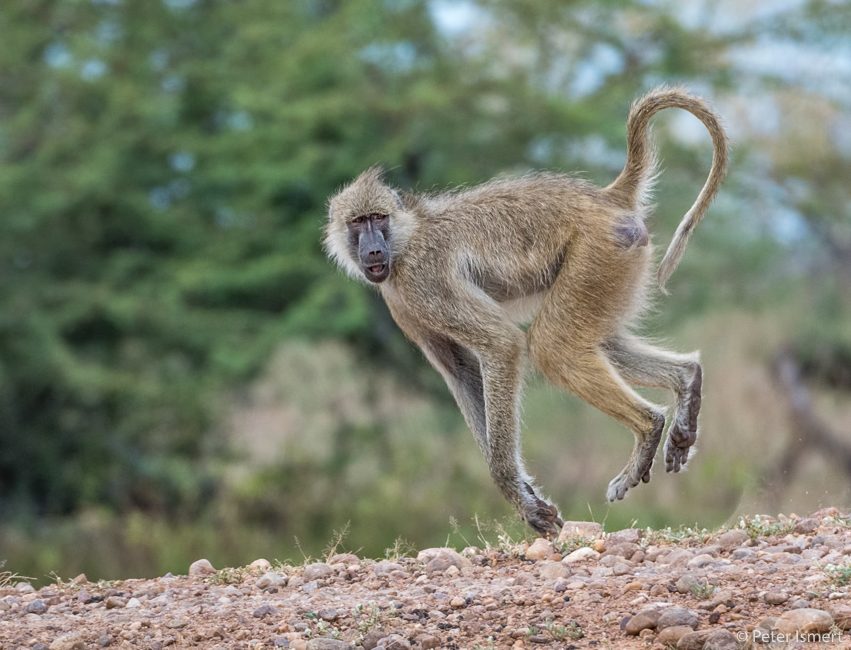
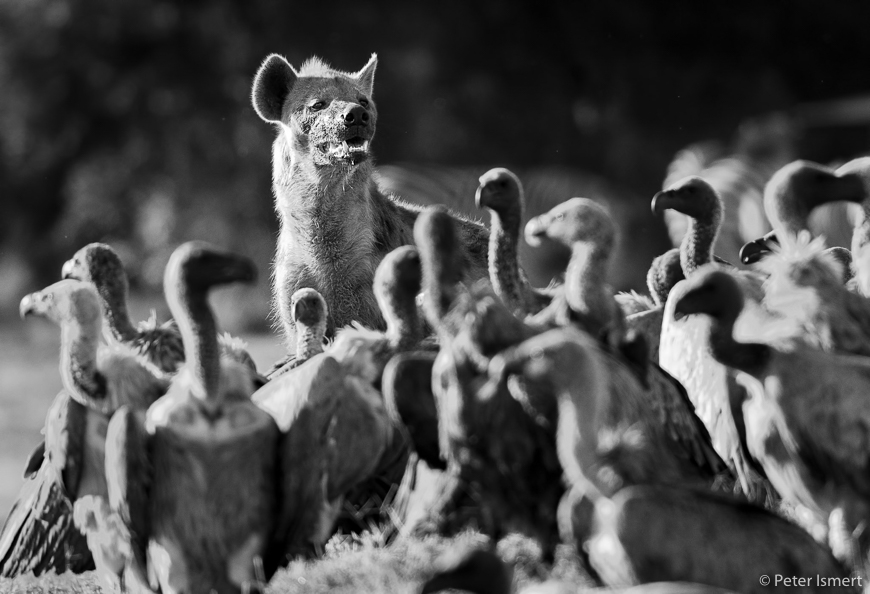
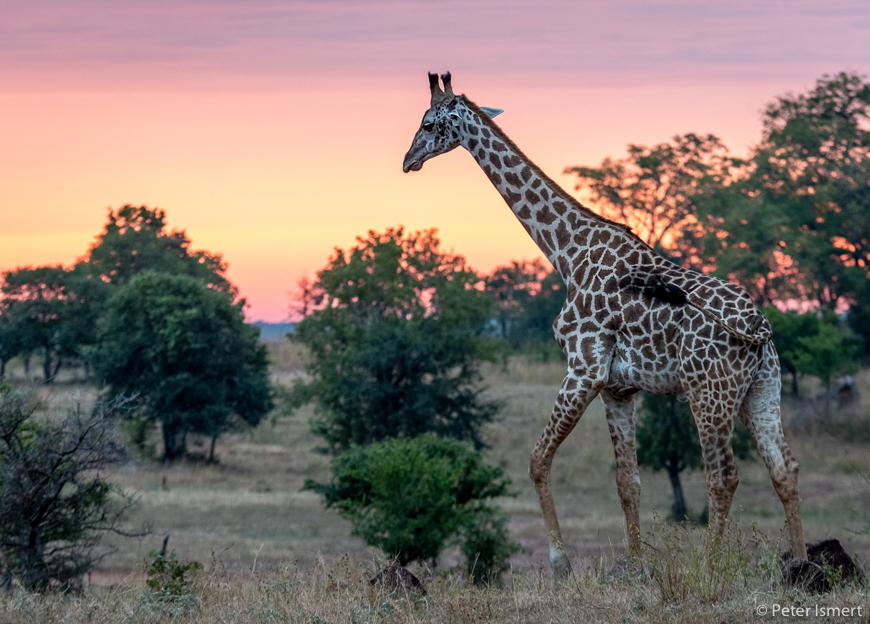
South Luangwa National Park has much to offer during the month of May, just after the rainy season. The green, yellow, and orange colors of the landscape provide a fantastic backdrop for wildlife photography. Isolating my subjects while including the colors was a goal. My favorite images were from a low vantage point, allowing the background to be further away and completely blur out into a mosaic of muted colors of the Luangwa valley. I tried to only include detail when it added to the image, either through composition or to help convey the story reflected in the image.